Why get skinny when you could get fast? Why a rebalancing of perspectives is needed in cycling
Cycling’s obsession with weight is doing untold damage, argues Joe Laverick as he calls for a rebalancing of perspectives on fuelling, physique and performance
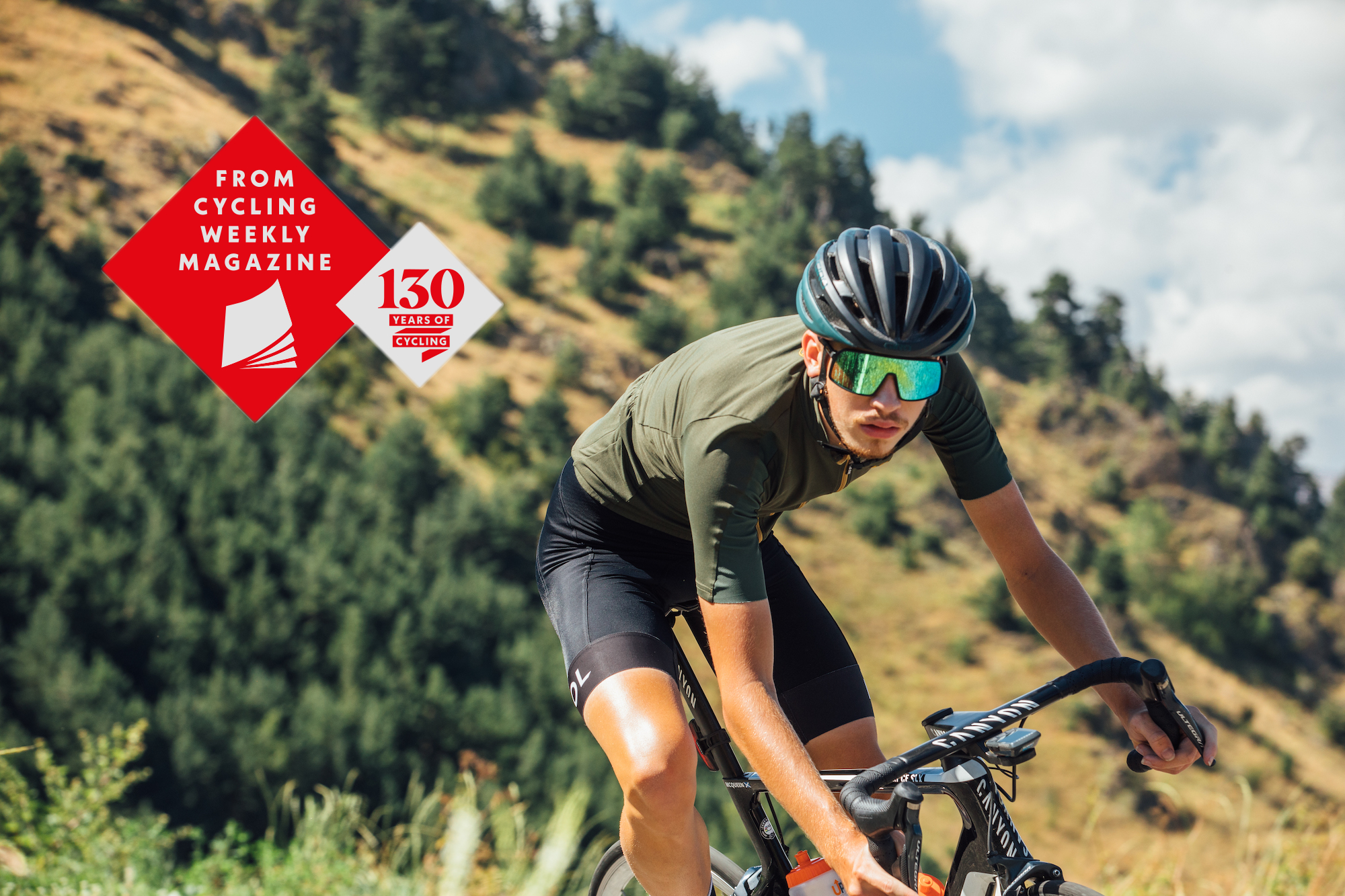
(Daniel Gould)
Whether it’s on Instagram, TikTok or TV, we’re constantly bombarded with images of perfect bodies. And it’s particularly relentless for us cyclists. The ideal body for us, we’re led to believe, is super-lean, if not super-skinny. This body image is reinforced by the pro peloton. Riders are pushing their body composition like never before, and it’s glorified on social media with images of vein-bulging, ripped legs beneath tiny torsos. Of course, this is what top-level cycling physiology looks like, but it has a dark side too.
There are an estimated 1.25 million people with eating disorders in the UK. That’s around one in 50. And the prevalence among endurance athletes is far worse, estimated at around 10 per cent of men and as many as one-quarter of women. From my own experience as a young rider, I’m willing to bet the figures are even higher among cyclists.
My suspicion is that almost every racing cyclist has had, or continues to have, a battle with food. I’ve had my own struggles. I was once told by a team doctor that I could lose an amount of weight that equated to 10 per cent of my body mass. In another team, I had to undergo monthly skinfold tests, the results of which the DS kept in a spreadsheet; if a figure wasn’t ‘right’, he would question our commitment. This
is not a healthy state of affairs.
Having ridden in different countries across Europe, I’ve encountered differing views on weight. If you race for an Italian, French or Spanish team, there will be a ‘traditional’ DS who watches you like a hawk, and the crude and invasive skinfold test, where the manager or coach grabs your stomach and declares you ‘too fat’, will inevitably follow. Attitudes are intrinsically linked with tradition. Though some riders will push back,
most toe the line to avoid upsetting management.
>>> Subscriptions deals for Cycling Weekly magazine
Get The Leadout Newsletter
The latest race content, interviews, features, reviews and expert buying guides, direct to your inbox!
While researching this article, I didn’t have to think very hard for examples of poor relationships with food. It hit a little too close to home. I’m not perfect; I myself have a strange relationship with food. There are moments when I binge-eat like crazy, other times when I’m super-restrictive. It’s not normal, and I’m trying to combat these patterns. It helps me to fill up with vegetables at meal times and then eat little and often throughout the day. If I go to bed hungry, I will pay for it the next day, so I try to think ahead.
Lean versus skinny
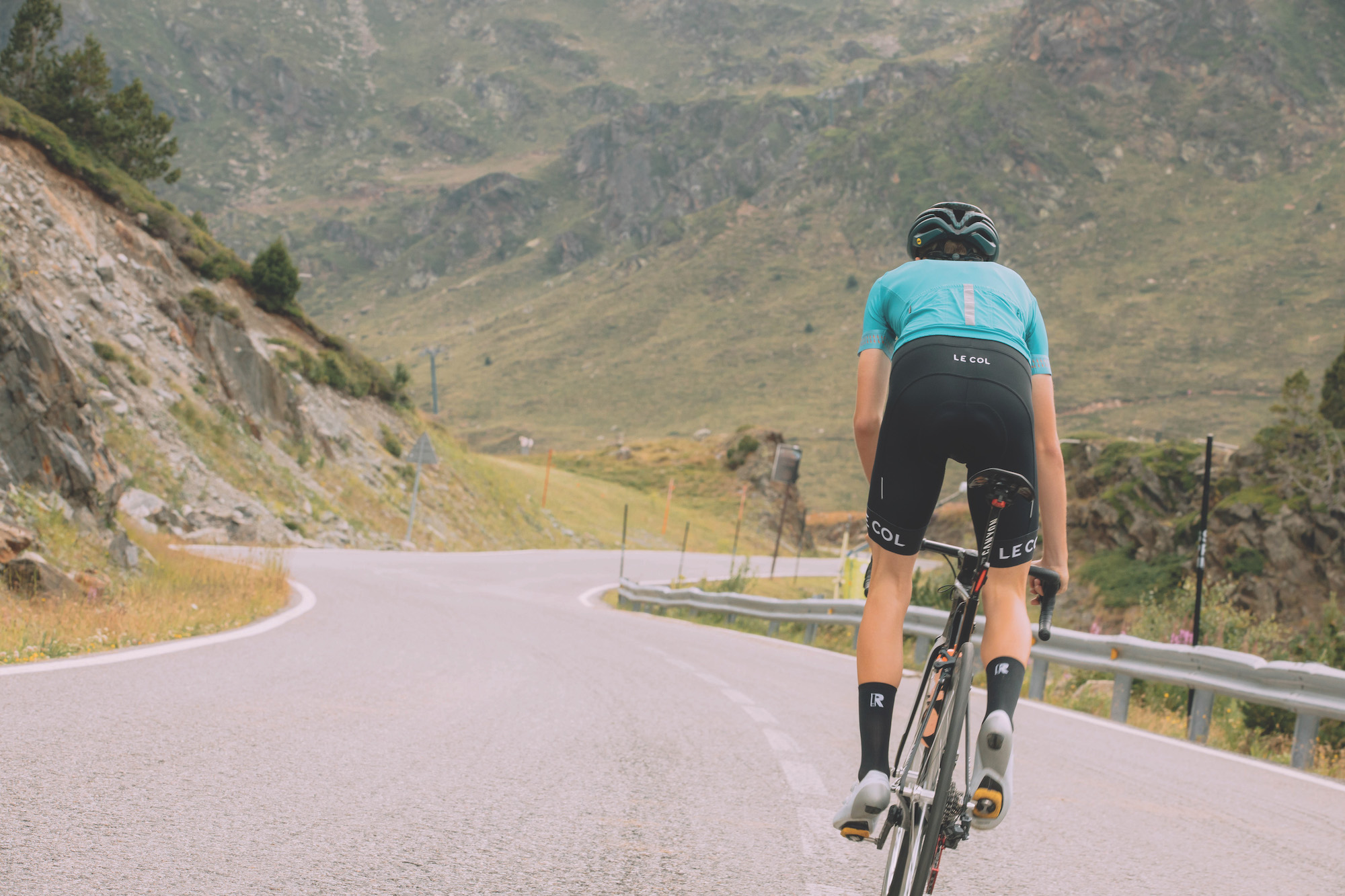
Damien Clayton, a pro cyclist with Canyon dhb SunGod, is a serial winner across the country, a force to be reckoned with on the domestic stage. He’s always been open about his struggle with food. “I’ve never had [an eating disorder] officially diagnosed but, all things considered, I think I might have one,” he tells me. “There’s not a minute that goes past when I’m not thinking about food.” Clayton describes being dogged by doubts about his physique not looking sufficiently like that of the stereotypical elite cyclist, driving obsessional traits around food.
It starts so innocently. A little comment here or a second look in the mirror there. We love that cycling rewards pain and self-denial, but that too easily results in a degree of obsession. Eating disorders are often silent, and can be fatal. Not just fatal for performance, but fatal for health and, in the most extreme cases, fatal full stop.
The cyclist body image that Clayton alludes to arguably comes from Britain’s Grand Tour glories. Having finally achieved success after a century in the doldrums, the British Grand Tour riders at the centre have moulded our mental image of a successful rider: Wiggins, Froome and Thomas were all stick-thin. If we turn our heads over the North Sea to Belgium and the Netherlands, Classics stars like Mathieu van der Poel rule the roost – riders who are heavier and more muscular. Attitudes in northern mainland Europe don’t seem so weight-fixated.
There is a subtle but distinct difference between skinny and lean. Peter Sagan is lean – he has a low body fat percentage – but is relatively heavy because he is muscular. This is in contrast to someone like Chris Froome, who has an insect-esque upper body because he has over years, with the aid of the best nutritionists and physios in the world, turned himself into a climbing machine. It is unrealistic and potentially dangerous for an amateur, with little or no professional health, to strive for a Froome-like physique.
Watts per kilogram is the calculation that rules cycling when it comes to climbing. The higher the number, the faster you’ll go uphill – it really is that simple. Social media taunts us with superhuman stats such as 6.77w/kg for 10 minutes – Tadej Pogačar’s attack on the Col de Peyresourde. But emphasis is too firmly placed on the ‘kilogram’ side of the equation. Though weight is of course important, there comes a point where getting lighter becomes counterproductive. A few more kilos may result in more power, possibly much more. Just consider Filippo Ganna’s epic win on stage five of the 2020 Giro d’Italia: he was the biggest rider in the race, at 83kg, but proved unbeatable over the 225km which included 3,700m of climbing. To make the day’s breakaway, Ganna averaged 550w for almost four minutes. Power trumped weight that day.
Into the RED-S

Virtual racing arguably has even greater weight pressures. Zwift has been a godsend during the pandemic, but it has a dark side – the watts-per-kilo-driven algorithm, and weight data being public for all to see. Of course, this is an essential metric for Zwift to work in a meaningful way, but it is not without risks. As for in-game body image, Zwift’s avatar shapes are based on BMI, with three different shapes for men and two for women. When I asked why avatars need to be sculpted around BMI at all, Zwift’s group creative director Lloyd Murphy told me it came down to consumer choice: “It’s important for the community to be represented in the way they want.”
There are serious long-term health implications from failing to consume enough calories to fuel your training. RED-S (relative energy deficiency in sport) syndrome is highly prevalent in cycling. It’s what happens when the ‘calories in’ persistently fall short of the ‘calories out’.
‘’There are two types of RED-S,” explains Renee McGregor, a leading sports dietitian specialising in eating disorders, “involuntary RED-S, where the individual just doesn’t know how much food they need – this is often easy to work with as there’s no psychological problem. Then there’s voluntary RED-S, which is fundamentally an eating disorder – the individual is consciously restricting food or over-training.” The latter type is far harder to address because it invariably “runs deep into an individual’s psyche, with underlying problems linked to low self-esteem or self-worth.’’
Hormonal shutdown
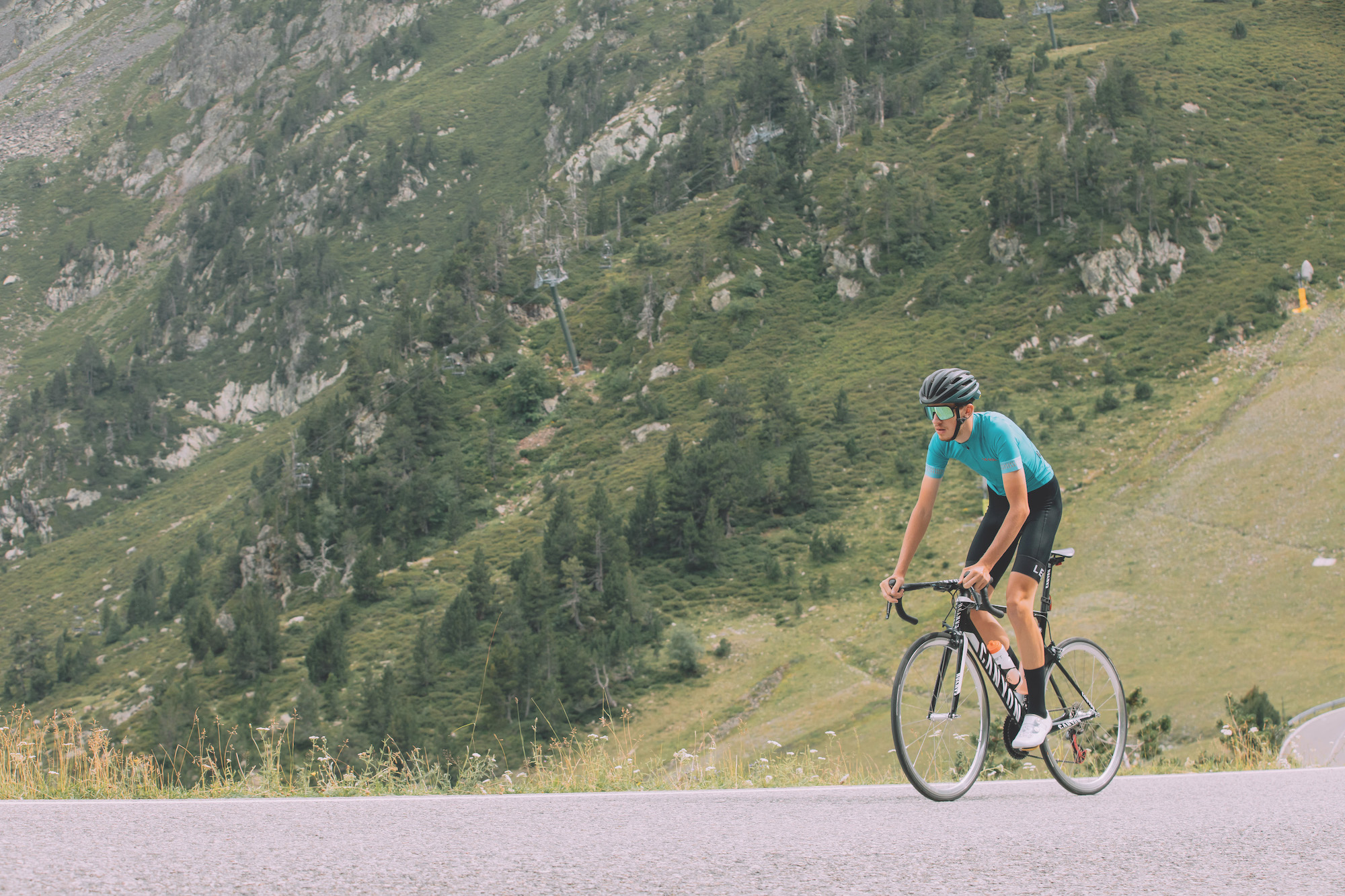
In RED-S, there is not enough energy in the body to fuel exercise and day-to-day, essential biological functions. “The body has evolved to prioritise movement,” says McGregor, “so when there’s not enough energy, it will shut down biological systems – whether that’s endocrine, immune or digestive function.’’ Because movement is protected, the mounting health jeopardy is masked; the rider can keep riding, albeit sub-optimally, so is able to kid themselves that there is no problem. This is when the long-term issues arise.
The endocrine system is affected either because there’s not enough energy or because the stress hormone cortisol is sky high. If the hypothalamus, the part of the brain that controls your endocrine system, is affected, the production of oestrogen, testosterone and growth hormone fall out of kilter too. These hormones have a direct impact on bone health and training adaptations, as well as affecting your cognitive system and mood. You’ll feel rough and won’t benefit properly from your training, while increasing the risk of injuries, particularly stress fractures.
While Remco Evenepoel was in rehab following his Il Lombardia crash, there were prominent press reports that his manager Patrick Lefevere had called him ‘too fat’. Evenepoel, 19 at the time, went on record to speak of his “fear of gaining weight”, and later said he had lost 5kg during his recovery period.
Refraining from commenting directly on Evenepoel, McGregor spells out a general principle: “You simply shouldn’t lose weight while recovering’’ and she is critical of the mistaken belief among athletes that if they are not training hard, they need to cut back drastically on food. No one should feel they need to train to permit regular, healthy eating patterns.
If you feel you are developing problematic thoughts and habits around eating, the first step is to recognise the problem. Be assured that you are not alone and don’t be embarrassed to ask for help and support. Try to talk to family, a close friend, your GP or an eating disorders professional, as having the issue out there in the open will take a weight off your shoulders.
Once you have recognised the problem, it’s important to make small and sustainable changes – attempting to make drastic changes is unlikely to work and could make things worse. If you are undereating, look at your dietary habits and try to implement simple changes such as a bigger breakfast. If you feel like you could inhale the entire contents of the fridge after a ride, it’s a clear sign you’re not eating enough on the bike, so have an extra bar per hour of riding.
While there are plenty of tracking apps and fuelling advice on the internet, it is important to remember that you know your body better than anyone else – and certainly better than any formula. Try to tune into your hunger, listen to your body and strive to conceive of food in positive ways as underpinning performance and health.
Stay properly fuelled
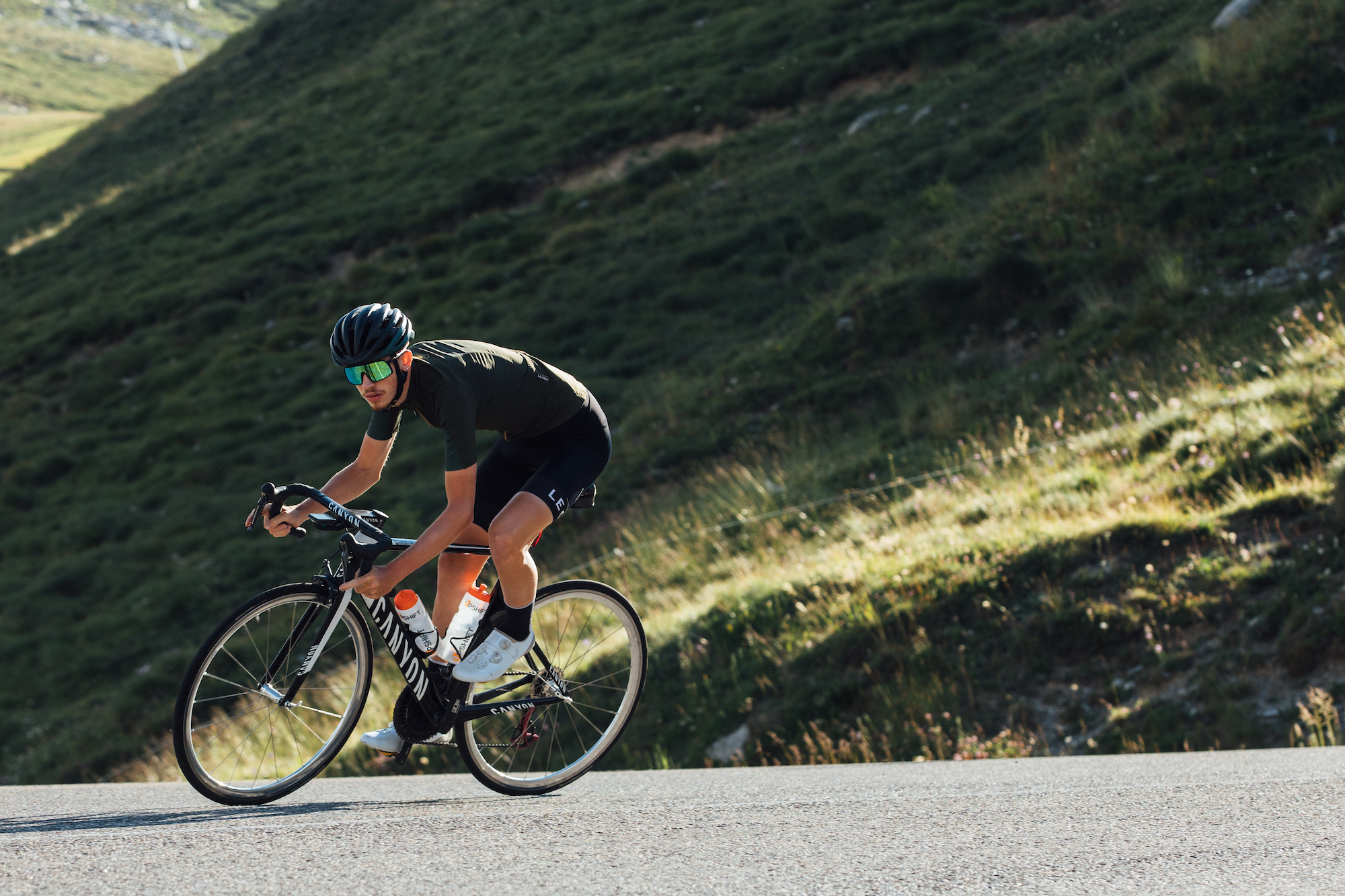
Taking on enough carbs on the bike isn’t always easy – we’ve all experienced the dreaded bonk at one point or another – but suboptimal fuelling must be taken seriously. When riding at a steady Zone 2 state, you should be taking at least 40g of carbs per hour – that’s two bananas. The latest research shows that the body can take up to 90g of carbohydrate in a single hour. If you fuel correctly for the work that you are doing, not only will you avoid the bonk, you’ll also be able to train more effectively – and you’re less likely to feel the urge to binge afterwards.
“You have to fuel your training and then recover well or else you’ll not fulfill your potential,” says Damien Clayton. “To put it bluntly: carb the hell up!”
The media – including social media – take a lot of criticism and are widely blamed for the rise in eating disorders. Endless look-at-me posts certainly do add to the repetitive, unhelpful din surrounding weight and dieting, while too many interviews home in on riders’ weight or diet. “It’s unfortunately the society we live in”, says Clayton. “It’s bigger than cycling; it’s a wider modern-day thing to body-shame and be anxious about your physical image.”
While social media have a lot to answer for, they are also being used to help educate athletes. There are more and more accounts by world-class specialists seeking to educate athletes on nutrition, providing accessible, bitesize information, such as the 60g carbs per hour guideline when riding. Helpful, science-backed information is out there, if you are able to sift through the noise.
>>> Cycling Weekly is available on your Smart phone, tablet and desktop
We’re not going to create change overnight and pro cyclists are always going to push the boundaries when striving for success. The culture around endurance sport can be toxic. That apparently minor jibe or bit of banter can lead to long-term psychological issues. Changing behaviour from the ground up is essential. This must start with education. Moving to a ‘Norwegian’ model of youth sport, where mental and physical health is put first, would help phase out the ‘win at all costs’ attitude in the junior ranks. We owe it to the upcoming generation of cyclists to tackle this problem with as much commitment as we put into nurturing their talent.
Oscar Mingay - 'Food issues destroyed my love for the sport'
Oscar Mingay was one of British Cycling’s brightest stars. He won the British National Junior Road Race Series in 2017, but lurking beneath the circuit was a demon. His obsession with food started in the U14 age category and became more insidious as he got older. It got “real bad” when he was 16: “Weight was a constant conversation between my cycling mates,” he tells me.
Mingay was diagnosed with orthorexia, an obsession with healthy eating, and he also had skirmishes with bulimia. It involved both “mental and physical trauma”, he explains, with severe stress and anxiety. The youngster suffered from body dysmorphia – “I always thought I was fat” – and his under-fuelling resulted in osteoporosis in his lumbar spine.
Now 20, Mingay hasn’t touched his road bike in two years. “There was no love for the sport anymore,” he says, “and that was definitely down to my relationship with food. I wouldn’t wish what I had on anyone. My advice is race for enjoyment, and don’t take it too seriously too soon."
This feature originally appeared in the print edition of Cycling Weekly, on sale in newsagents and supermarkets, priced £3.25.
You can subscribe through this link here.
That way you’ll never miss an issue.

Thank you for reading 20 articles this month* Join now for unlimited access
Enjoy your first month for just £1 / $1 / €1
*Read 5 free articles per month without a subscription

Join now for unlimited access
Try first month for just £1 / $1 / €1
Founded in 1891, Cycling Weekly and its team of expert journalists brings cyclists in-depth reviews, extensive coverage of both professional and domestic racing, as well as fitness advice and 'brew a cuppa and put your feet up' features. Cycling Weekly serves its audience across a range of platforms, from good old-fashioned print to online journalism, and video.
-
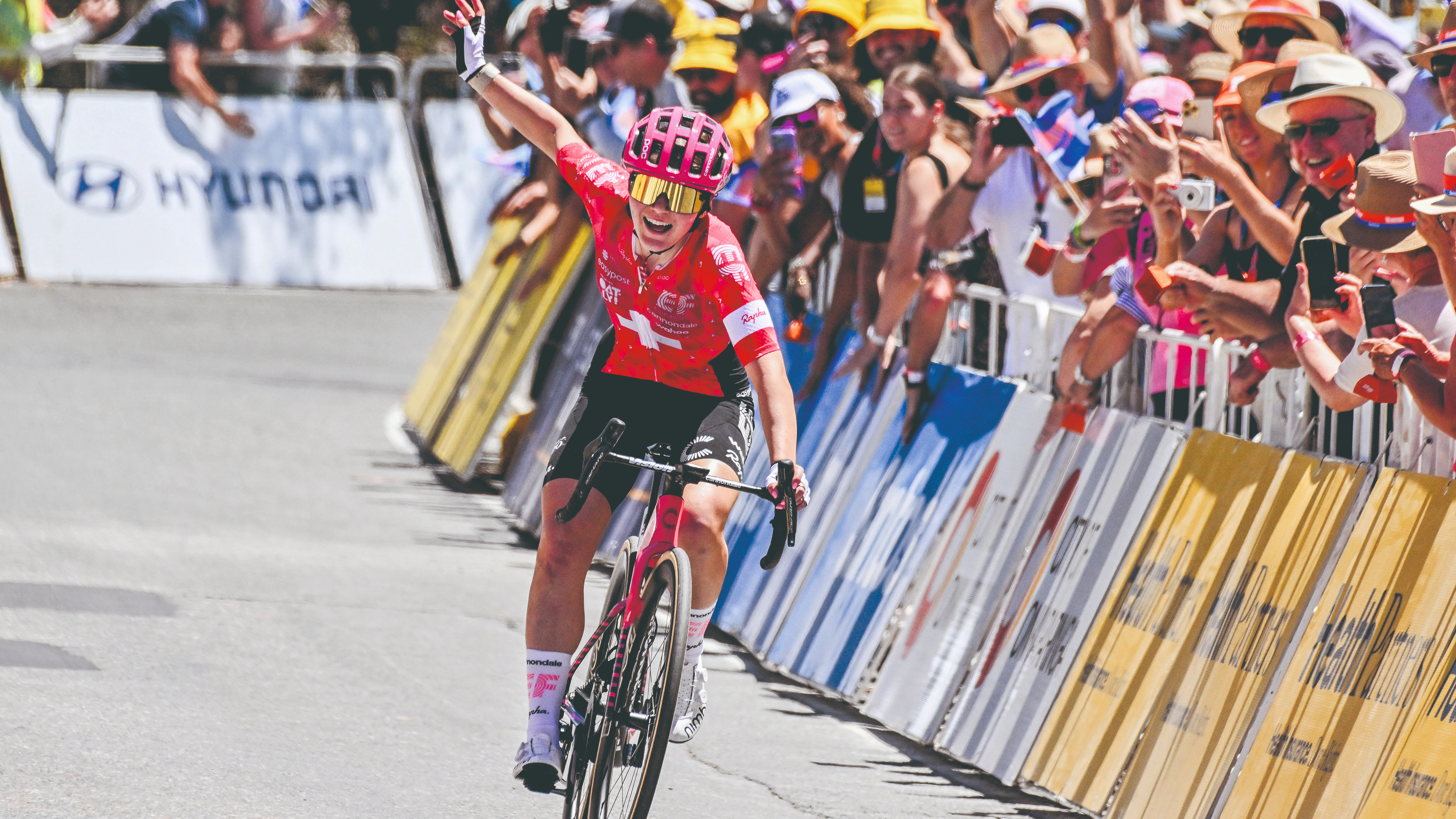 How do the pros train? Noemi Rüegg's 26 hour training week
How do the pros train? Noemi Rüegg's 26 hour training weekWinner of this year’s Tour Down Under, the EF Education-Oatly rider is a climber whose talent is taking her to the top
By Chris Marshall-Bell
-
 Save £42 on the same tyres that Mathieu Van de Poel won Paris-Roubaix on, this Easter weekend
Save £42 on the same tyres that Mathieu Van de Poel won Paris-Roubaix on, this Easter weekendDeals Its rare that Pirelli P-Zero Race TLR RS can be found on sale, and certainly not with a whopping 25% discount, grab a pair this weekend before they go...
By Matt Ischt-Barnard